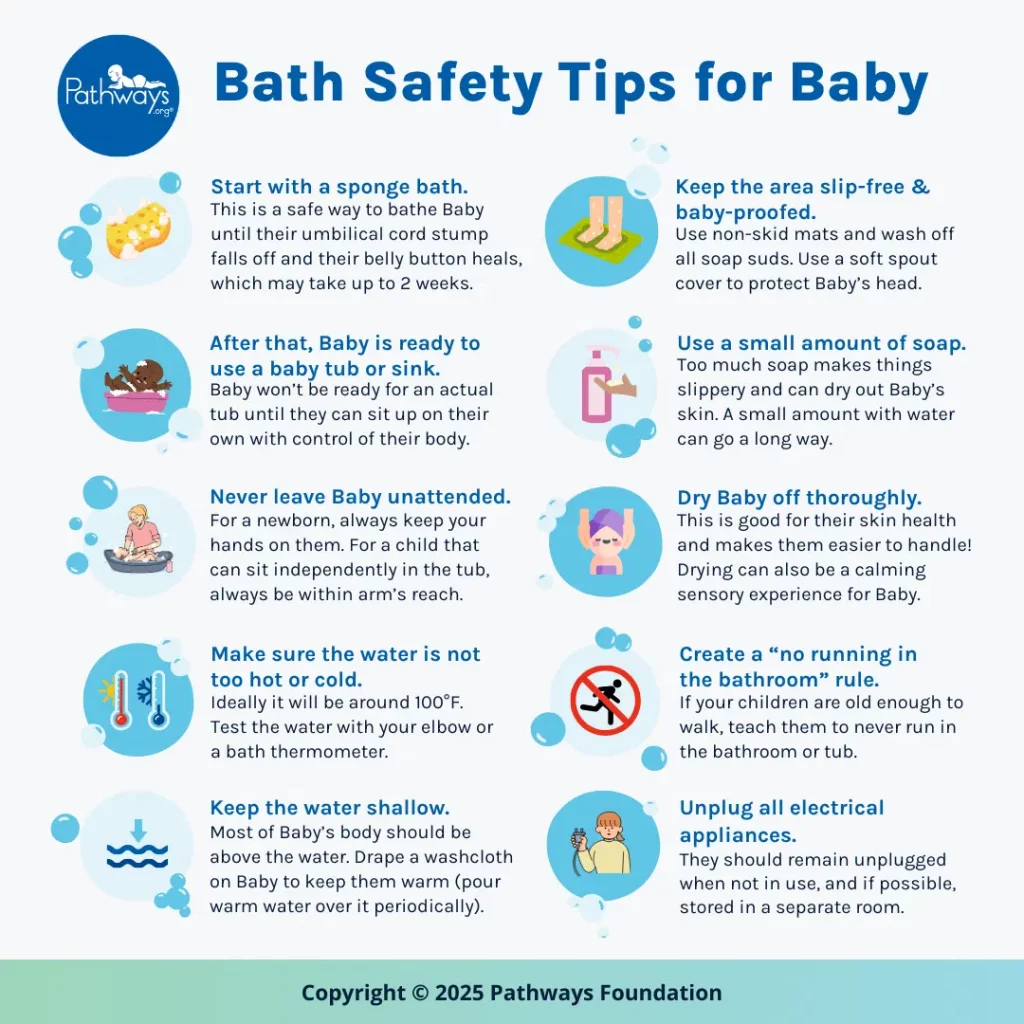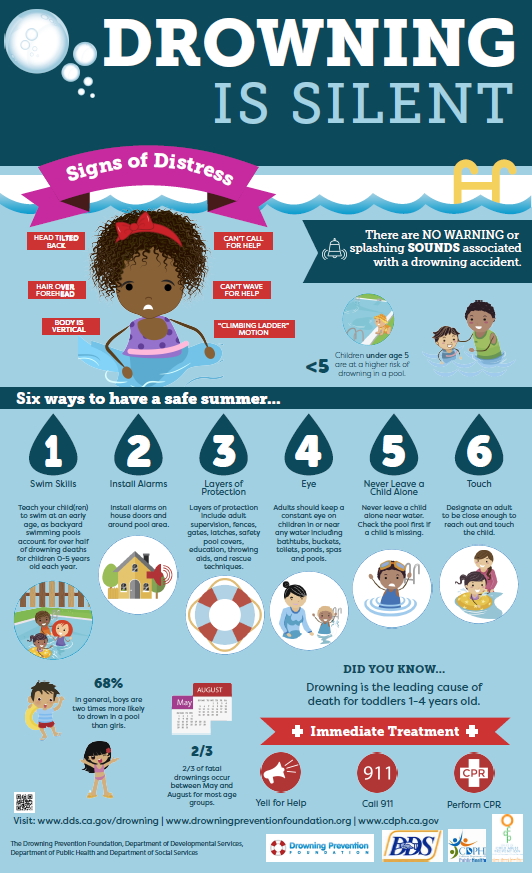Your precious baby’s natural curiosity and rapid development create a heartwarming journey of discovery yet this same beautiful exploration instinct places them in constant danger from hazards that lurk in even the most seemingly safe environments. As your little one grows from helpless newborn to mobile explorer, each developmental milestone brings new abilities alongside devastating accident risks that can transform your home from a sanctuary into a minefield of potential tragedies.
The terrifying reality is that unintentional injuries represent the leading cause of death and disability in children, with babies and toddlers facing the highest risks due to their developmental inability to recognize danger combined with their irrepressible drive to explore everything within reach. Most of these accidents occur in familiar environments where parents feel most secure, making baby safety tips and comprehensive prevention strategies absolutely essential for protecting your child’s safety and your family’s peace of mind.
This life-saving guide will transform you from a reactive parent into a proactive safety expert, equipped with the knowledge and strategies needed to anticipate dangers before they threaten your baby and create protective environments that allow safe exploration and healthy development.
Read this book: How to Care for Children:: From Birth to 2 Years – Selling by Amazon.com



1. Understanding Developmental Risk Patterns
Baby safety requires understanding how developmental milestones create new accident risks at each stage of growth. What seems harmless to a newborn can become deadly dangerous to a mobile infant, and safety measures must evolve constantly to match your baby’s increasing capabilities.
The American Academy of Pediatrics emphasizes that accident prevention requires anticipating your child’s next developmental stage rather than reacting to current abilities. By the time your baby demonstrates a new skill, they may have been capable of that movement for days or weeks, creating windows of vulnerability when safety measures haven’t yet been updated.
Understanding this developmental progression allows parents to implement safety measures proactively, preventing accidents before new abilities create new dangers. Each month brings dramatic changes in mobility, reach, strength, and curiosity that require corresponding updates to safety strategies.
Read more: Essential Accident Prevention Strategies That Keep Babies Safe From Hidden Dangers and Life Threatening EmergenciesEssential Vaccination Schedule to Keep Your Baby Healthy and Protected
2. Choking Prevention: The Silent Killer Strategy
Choking represents one of the most immediate and deadly threats to babies and toddlers, with incidents occurring rapidly and often silently, leaving little time for intervention. Comprehensive choking prevention requires understanding both obvious and hidden choking hazards while implementing multiple layers of protection.
Size and Shape Assessment: The “toilet paper tube test” provides a practical way to identify choking hazards any object that fits through an empty toilet paper roll can potentially cause choking in children under 3 years old. This includes common household items like coins, buttons, batteries, and small toy parts that parents might not immediately recognize as dangerous.
Food-Related Choking Prevention: High-risk foods require special preparation or complete avoidance. Whole grapes, cherry tomatoes, nuts, popcorn, hard candies, and chunks of meat pose severe choking risks. Safe preparation involves cutting grapes lengthwise, quartering cherry tomatoes, and avoiding high-risk foods entirely until children develop adequate chewing skills.
Hidden Household Hazards: Unexpected choking hazards include latex balloons (leading cause of suffocation deaths in children), small magnets that can cause internal damage if swallowed, button batteries that can cause chemical burns, and small parts from broken toys or household items.
Emergency Preparedness: Every caregiver must know infant CPR and choking relief techniques. The Heimlich maneuver differs significantly for infants versus older children, and improper technique can cause injury. Professional CPR certification provides essential skills that can save lives during choking emergencies.
Read more: Essential Accident Prevention Strategies That Keep Babies Safe From Hidden Dangers and Life Threatening Emergencies3. Fall Prevention: Gravity’s Deadly Threat

Falls represent the most common cause of non-fatal injuries in children, with babies facing particular risks due to their disproportionate head size, developing motor skills, and inability to break falls safely. Comprehensive fall prevention requires addressing multiple risk scenarios throughout the home.
Elevation Safety: Never leave babies unattended on elevated surfaces including changing tables, beds, sofas, or chairs. Babies can roll or wiggle off surfaces long before parents expect them to be mobile. Use safety straps on changing tables and consider floor-level changing alternatives to eliminate fall risks entirely.
Stair and Step Protection: Install safety gates at both the top and bottom of stairs before babies begin crawling. Hardware-mounted gates provide superior safety compared to pressure-mounted options, especially at the top of stairs where gate failure could cause serious falls.
Window Safety: Install window guards or stops that prevent windows from opening more than 4 inches. Never place furniture near windows where children could climb and fall out. Window screens are designed to keep insects out, not children in, and cannot prevent falls.
High Chair and Equipment Safety: Ensure all baby equipment includes proper safety restraints and use them consistently. High chairs, bouncy seats, and other elevated baby gear can tip over or allow babies to fall if safety straps aren’t used properly.
Falls are the most common non-fatal injury for babies. Use baby-proofing products and strategies:
- Install stair gates.
- Anchor furniture.
- Avoid leaving babies unattended on high surfaces.
4. Drowning Prevention: The Silent Emergency
Drowning can occur in surprisingly small amounts of water as little as 2 inches making it a hidden danger in many household locations beyond obvious water sources like pools and bathtubs. Comprehensive drowning prevention requires identifying and securing all water hazards throughout the home environment.
Bathroom Safety: Never leave children unattended in bathtubs, even for seconds. Babies can drown silently and quickly in minimal water. Use non-slip mats, maintain water temperature below 120°F, and consider anti-scald devices to prevent burns. Empty all water containers immediately after use.
Hidden Water Hazards: Buckets, mop containers, pet water bowls, and even toilet bowls can pose drowning risks. Babies and toddlers are naturally drawn to water and may fall headfirst into containers, becoming trapped due to their disproportionate head size and inability to lift themselves out.
Pool and Spa Safety: Multiple layers of protection are essential around pools and spas,including perimeter fencing with self-closing and self-locking gates, pool enclosures, and constant adult supervision. Even inflatable pools and water tables require vigilant supervision and should be emptied when not in use.
Swimming Skills and Supervision: While swimming lessons can provide some protection,they cannot “protect” small children from drowning. Constant, undivided adult supervision remains essential around any water source, regardless of a child’s swimming ability or the presence of safety equipment.


Credit of the images to Pathways Foundation and DDS: Department of Developmental Services
Read more: Essential Accident Prevention Strategies That Keep Babies Safe From Hidden Dangers and Life Threatening EmergenciesToddler Safety: Essential Tips to Keep Your Child Safe and Secure
5. Poisoning Prevention: The Hidden Chemical Threat
Poisoning incidents in children most commonly involve everyday household products that seem harmless to adults but can cause serious injury or death when ingested by curious babies and toddlers. Comprehensive poison prevention requires securing chemicals while maintaining emergency preparedness for accidental exposures. Secure household chemicals and medications. Lock cabinets. Keep plants and cosmetics out of reach.
Medication Safety: All medications, including vitamins and over-the-counter medications, should be stored in locked containers or cabinets. Child-resistant packaging offers some protection, but it is not foolproof, as small children can open “child-resistant” containers given enough time. Iron supplements pose specific risks, causing serious poisoning even in small amounts.
Household Chemical Hazards: Cleaning products, laundry detergent pods, automotive fluids, and personal care products can cause severe chemical burns, poisoning, or death. Store all chemicals in original containers with labels intact, and never transfer chemicals to food containers where children might mistake them for drinks or snacks.
Plant and Outdoor Toxins: Many common houseplants and outdoor plants are toxic if ingested. Research all plants in your home and yard to identify potential hazards. Additionally, be aware of seasonal dangers like antifreeze, which has a sweet taste that attracts children but is extremely toxic.
Lead Exposure Prevention: Older homes may contain lead paint or lead pipes that can cause poisoning through dust or water contamination. Have your home tested for lead hazards, especially if built before 1978, and address any contamination professionally.
Poison Control – 1-800-222-1222
6. Burn Prevention: The Scalding and Fire Safety System
Burns can occur from multiple sources in the home environment, requiring comprehensive prevention strategies that address heat sources, electrical hazards, and fire safety. Young children’s skin burns more easily and severely than adult skin, making prevention particularly critical.Adjust water heater settings. Keep hot liquids out of reach. Use back burners and install stove guards. Install smoke alarms and check monthly.
Water Temperature Safety: Set water heater temperature to 120°F or below to prevent scalding. Install anti-scald devices on faucets and showerheads in areas where children might be exposed. Test bath water temperature with your elbow or a thermometer before placing children in tubs.
Kitchen Safety Protocols: Use back burners when possible and turn pot handles toward the center of the stove to prevent children from grabbing hot cookware. Install stove knob covers and oven locks to prevent children from turning on appliances. Keep children away from cooking areas using safety gates or high chairs positioned safely away from heat sources.
Electrical Safety: Cover all electrical outlets with safety plugs or sliding outlet covers. Secure electrical cords out of reach to prevent children from chewing on them or pulling on electrical appliances. Replace any damaged cords immediately and consider cord shorteners to eliminate excess length.
Fire Safety Planning: Install smoke detectors in every bedroom, hallway, and level of your home. Test batteries monthly and replace detectors every 10 years. Develop and practice fire escape plans that account for safely evacuating with young children, including alternate routes and meeting points.
Safety 1st Child Proof Stove Knob Covers, Clear View Stove Knob Safety Covers (Set of 5)
7. Sharp Object and Tool Safety
Sharp objects pose cutting and puncture risks that can cause severe injuries requiring emergency medical care. Comprehensive sharp object safety involves securing dangerous items while teaching appropriate safety awareness as children develop.
Lock away knives and tools. Use corner protectors on tables. Replace breakable décor.
Kitchen Knife Safety: Install magnetic knife strips high on walls or use locked knife blocks to secure sharp knives. Drawer latches prevent children from accessing sharp utensils and tools. Never leave sharp objects on counters or in sinks where children might reach them.
Tool and Hardware Safety: Store all tools, screws, nails, and hardware in locked toolboxes or cabinets. Power tools should be unplugged and locked away when not in use. Garden tools and outdoor equipment require similar security measures.
Glass and Breaking Hazards: Secure or replace glass objects that could break and create sharp fragments. Consider replacing glass coffee tables and decorative items with safer alternatives during your child’s early years. Install safety film on glass doors and windows to prevent shattering.
Sharp Corner Protection: Add corner guards to sharp furniture edges and table corners. Babies learning to walk frequently fall and can suffer serious injuries from sharp corners. Temporary padding provides protection during the most vulnerable developmental periods.
8. Creating Safe Sleep Environments
Safe sleep practices prevent multiple types of accidents including suffocation, strangulation, and falls while supporting healthy development and reducing SIDS risk.
Crib Safety Standards: Use only cribs that meet current safety standards with slats no more than 2⅜ inches apart and mattresses that fit snugly with no gaps. Remove all soft bedding, bumpers, toys, and pillows from the crib. Position cribs away from windows, blinds, and hanging decorations.
Sleep Surface Safety: Always place babies on their backs to sleep on firm surfaces with fitted sheets. Avoid soft surfaces, couches, adult beds, and other areas where babies might become trapped or experience breathing difficulties.

Room-Sharing Safety: Room-sharing without bed-sharing reduces SIDS risk while keeping babies close for feeding and comfort. Use bassinets or co-sleepers designed for safe room-sharing rather than bringing babies into adult beds.
Monitor Placement: Position baby monitors and their cords at least 3 feet away from cribs to prevent strangulation hazards. Mount video monitors securely to walls rather than placing them on unstable surfaces.
Prevent Sudden Infant Death Syndrome (SIDS) by:
- Placing babies on their backs to sleep
- Using firm sleep surfaces
- Avoiding soft bedding and toys in cribs
9. Emergency Preparedness and Response
Comprehensive accident prevention includes preparing for emergencies when prevention measures fail. Every household with children should maintain emergency preparedness systems that enable rapid, effective responses to accidents.
Emergency Contact Systems: Program emergency numbers into all phones and post written emergency contact information in easily accessible locations. Include pediatrician, poison control (1-800-222-1222), and local emergency services. Ensure all caregivers know how to access emergency information quickly.
First Aid Preparedness: Maintain well-stocked first aid kits and ensure all caregivers know basic first aid techniques. Include emergency medications like children’s fever reducers and any prescribed emergency medications like epinephrine auto-injectors.
CPR and Choking Response: All caregivers should maintain current CPR certification and know infant choking relief techniques. These skills require regular practice and updates as techniques evolve and skills fade over time.
Emergency Communication Plans: Develop plans for communicating with emergency services and family members during crises. Include backup communication methods and ensure babysitters and caregivers understand emergency procedures.
Your commitment to comprehensive accident prevention creates protective environments that allow your baby to explore, learn, and develop safely. Remember that accident prevention is an ongoing process that must evolve as your child grows and develops new capabilities. Stay vigilant, update safety measures regularly, and trust that your proactive approach to safety provides the foundation for your child’s healthy, secure development.
The investment in comprehensive safety measures pays dividends in peace of mind and protection, allowing you to enjoy your child’s development while maintaining the security that comes from knowing you’ve done everything possible to keep them safe from hidden dangers.
Have CPR knowledge, first-aid kits, and emergency contacts ready. Train all caregivers and babysitters in basic lifesaving skills.
Safety is never “one and done.” Update your safety measures as your child grows and learns. Childproofing and parental education must evolve constantly.
Final Thoughts on Baby Accident Prevention
Baby-proofing isn’t just a checklist it’s a mindset of ongoing awareness and adjustment. By implementing these baby safety tips, understanding developmental stages, and proactively adjusting your environment, you create a home where your baby can explore, grow, and thrive safely.
Let this guide empower your family to protect what matters most your child’s life and future.

